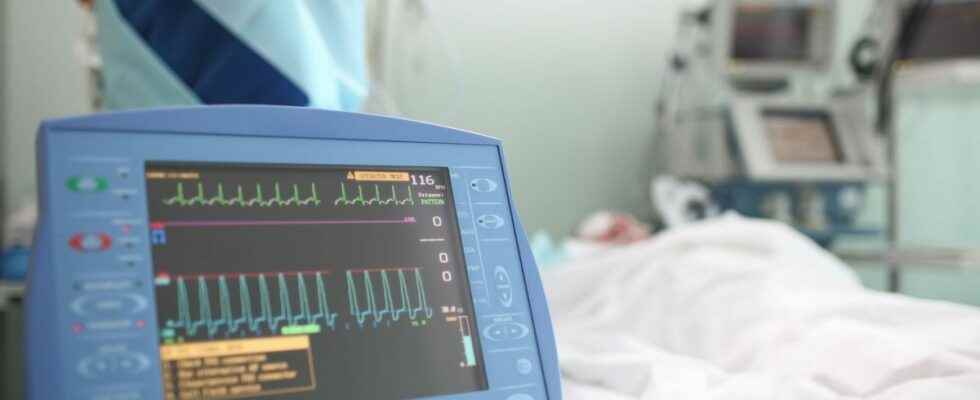Published on
Updated
Reading 2 mins.
Always a mysterious subject, death continues to be studied by scientists. Neurologist Eelco Wijdicks, former president of the division of intensive care neurology at the Mayo Clinic, has just published a book entitled Brain Death, which describes in detail what happens in our body after death.
If the process of creating life, called embryogenesis, is now well known to the scientific world, conversely, death is always intriguing. Contrary to what one might think: once an individual has been declared dead, his body does not immediately stop working…
A body that still functions a few minutes after death
Once the patient has been declared dead, his body survives him for a few minutes. Indeed, the heart continues to beat without supplying blood, the neurons can survive. Reflexes are also preserved in the minutes immediately following death.
“The beating of the heart is indeed possible, because the electrical system of the heart is independent of the brain, but it does not last very long” confirms Dr. Wilfrid Casseron, neurologist in Aix-en-Provence.
This is also what Dr. Eelco Wijdicks, former chairman of the division of intensive care neurology at the Mayo Clinic, indicates in his book BrainDeath. “You can do an electrocardiogram, it will show that there is still something going on.”
The brain and the brainstem, essential to life
If certain organs can function for a few minutes independently of the brain, the reverse does not seem to be the case. The lack of blood quickly creates alterations within the neurons, which can no longer function properly. And if the brainstem is damaged, all brain activity becomes impossible.
In the context of organ donation, even when the patient is disconnected from his respirator, doctors wait a little longer before starting the operation to take his organs. A delay like “a way to guarantee that all the last functions of the brain are terminated, and that they will never resume” believes Dr. Wijdicks. “Either way, before someone can be declared brain dead, a special procedure must be followed, including performing two EEGs six hours apart with both showing flat tracings, with no activity. electric” says Dr. Casseron.
Dead people sometimes have involuntary movements
Finally, perhaps most impressively, are the involuntary movements mediated by the spinal cord. A recently deceased person can raise their arm to put it on their chest, or flex their fingers, up to 24 hours after their death.
“These are myoclonus – or bursts – that are observed after brain death, it is not very frequent but always a little surprising“confirms Wilfrid Casseron, who recalls that physical death does not mean the immediate death of the brain stem and other organs that make up our body.
